Introduction: The Enigma of Ginkgo Nuts
In the vast tapestry of culinary traditions and botanical wonders, few ingredients captivate the imagination like the ginkgo nut (Ginkgo biloba). This ancient tree, often referred to as a living fossil, has stood the test of time, with fossil records dating back over 270 million years. Its fruits, commonly known as ginkgo nuts or ginkgo seeds, have been a part of human diets and medicine for centuries, particularly in East Asia. However, the question of how long to boil these nuts often perplexes both seasoned chefs and culinary enthusiasts alike. This article delves into the intricacies of preparing ginkgo nuts, exploring the optimal boiling time, potential health benefits, cultural significance, and safety considerations associated with this enigmatic ingredient.
Understanding Ginkgo Nuts: A Botanical Primer
Before diving into the cooking process, it’s crucial to understand the basic biology of ginkgo nuts. The ginkgo tree is dioecious, meaning male and female trees are separate. Only female trees produce the fruits, which are technically not nuts but seeds enclosed in a fleshy, foul-smelling husk. These husks contain a strong, unpleasant odor that can linger and are thus removed before consumption. Inside lies the hard-shelled seed, commonly referred to as the ginkgo nut, which itself contains a nutritious kernel.

The kernel itself is rich in nutrients, including antioxidants, vitamins, minerals, and fatty acids. However, it also contains small amounts of toxic compounds, particularly ginkgotoxin, which can cause adverse health effects if consumed in large quantities or improperly prepared. Therefore, proper preparation, including boiling, is essential to ensure safety and enhance palatability.
The Art of Boiling Ginkgo Nuts: Finding the Perfect Balance
Boiling ginkgo nuts is a straightforward yet crucial step in preparing them for consumption. The primary goal is to soften the kernel, making it easier to shell and digest while reducing the levels of potentially harmful compounds. The boiling time plays a pivotal role in achieving this balance.
Preparation Before Boiling
Before boiling, it’s essential to properly clean and prepare the ginkgo nuts. Here’s a step-by-step guide:
-
Harvesting and Husk Removal: If you’re fortunate to have access to fresh ginkgo fruits, start by removing the fleshy husk. This can be a messy process due to the strong odor, so wearing gloves and working in a well-ventilated area is advisable.
-
Shell Cracking: Once the husks are removed, you’ll need to crack open the hard outer shell to access the kernel. This can be done using a nutcracker or hammer. Be cautious, as the shells can be quite hard and may shatter into sharp fragments.
-
Sorting and Cleaning: Sort through the cracked shells to separate the kernels from any debris or broken shell pieces. Rinse the kernels thoroughly under cold running water to remove any residual sap or dirt.

Boiling Time: The Sweet Spot
Now, it’s time to boil the kernels. The boiling time can vary depending on personal preference and the desired texture, but a general guideline is to boil them for approximately 10 to 20 minutes. Here’s a closer look at the process:
-
Bringing Water to a Boil: Fill a large pot with enough water to fully submerge the ginkgo kernels. Bring the water to a rolling boil over high heat.
-
Adding the Kernels: Carefully add the cleaned ginkgo kernels to the boiling water. Stir gently to ensure they don’t stick to the bottom of the pot.
-
Boiling Time: Maintain a gentle boil and cook the kernels for 10 to 20 minutes. Shorter boiling times will yield a firmer texture, suitable for those who prefer a bit of chewiness. Longer boiling times will result in softer, more tender kernels.
-
Taste Testing: After the initial boiling period, you may want to taste test a kernel to determine if it meets your desired texture and flavor. If not, you can continue boiling in increments of 5 minutes until you achieve the perfect consistency.
-
Draining and Cooling: Once the kernels are cooked to your liking, remove them from the boiling water using a slotted spoon or strainer. Allow them to drain and cool slightly before handling, as they can be quite hot.
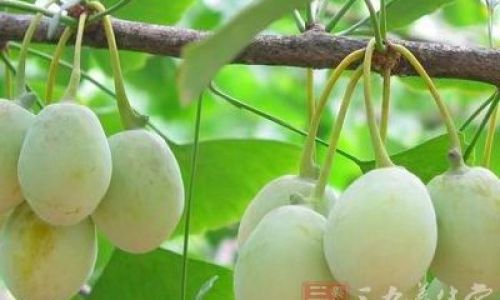
Post-Boiling Considerations
After boiling, you may choose to further process the ginkgo kernels according to your recipe or intended use. Here are a few options:
-
Shelling: If you prefer to remove the thin inner skin (testa) for a cleaner look and texture, you can do so once the kernels have cooled. This can be a bit tedious but results in a more refined final product.
-
Seasoning and Flavoring: Ginkgo kernels can be seasoned with salt, pepper, or other spices to enhance their flavor. They can also be incorporated into various dishes, such as stir-fries, soups, or desserts.
-
Storage: If you’re not planning to use the kernels immediately, store them in an airtight container in the refrigerator for up to a week. For longer-term storage, consider freezing them.
Health Benefits and Nutritional Value
Ginkgo nuts offer a range of potential health benefits, thanks to their nutrient-dense profile. Here are some notable nutrients and their associated benefits:
-
Antioxidants: Ginkgo nuts are rich in antioxidants, particularly flavonoids and terpenoids, which help combat oxidative stress and inflammation.
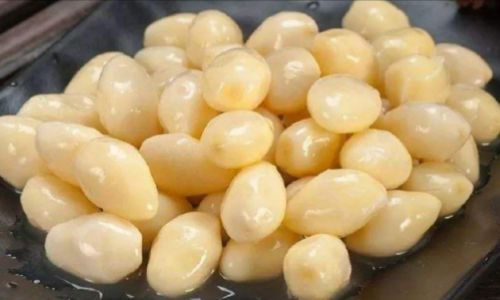
-
Vitamins and Minerals: They contain vitamins A, C, and E, as well as minerals like magnesium, potassium, and phosphorus, which support overall health and well-being.
-
Fatty Acids: The nuts provide a balance of omega-3 and omega-6 fatty acids, which are essential for brain health, heart function, and inflammation regulation.
However, it’s important to note that while ginkgo nuts offer these benefits, they should be consumed in moderation due to their potential toxicity, particularly if not properly prepared.
Cultural Significance and Traditional Uses
Ginkgo nuts hold a special place in the cultural heritage of many East Asian countries, particularly China, Japan, and Korea. In traditional medicine, ginkgo leaves and seeds have been used to treat a variety of ailments, including respiratory issues, circulatory problems, and cognitive decline. The nuts themselves have been a staple in traditional diets, often enjoyed during festivals and special occasions.
In modern times, ginkgo nuts have gained popularity in Western cuisine as well, appearing in gourmet dishes and health food products. Their unique flavor and texture make them a fascinating addition to both savory and sweet recipes.
Safety Considerations
Despite their nutritional benefits, ginkgo nuts come with some safety concerns. As mentioned earlier, they contain ginkgotoxin, a compound that can cause nausea, vomiting, and other gastrointestinal distress if consumed in large amounts or improperly prepared. Boiling effectively reduces the levels of this toxin, but it’s crucial to follow proper preparation guidelines.

Additionally, individuals with certain health conditions, such as allergies to ginkgo or related plants, should avoid consuming these nuts. Pregnant and lactating women should also exercise caution due to potential risks associated with fetal development and milk production.
Conclusion: A Culinary Journey Through Time
Boiling ginkgo nuts is not just a cooking process; it’s a journey through time, connecting us with the ancient wisdom of botanical medicine and the rich culinary traditions of East Asia. By mastering the art of boiling these nuts, we can unlock their nutritional potential while ensuring safety and enhancing their flavor. Whether you’re a seasoned chef exploring exotic ingredients or a culinary enthusiast eager to try something new, ginkgo nuts offer a fascinating and rewarding culinary adventure. So, the next time you’re curious about how long to boil ginkgo nuts, remember that the sweet spot lies between 10 and 20 minutes, depending on your personal preference. Happy cooking!
This article has provided a comprehensive guide to boiling ginkgo nuts, covering everything from botanical basics to cultural significance, health benefits, and safety considerations. By following the outlined steps and guidelines, you can enjoy these ancient nuts safely and deliciously, adding a unique twist to your culinary repertoire.
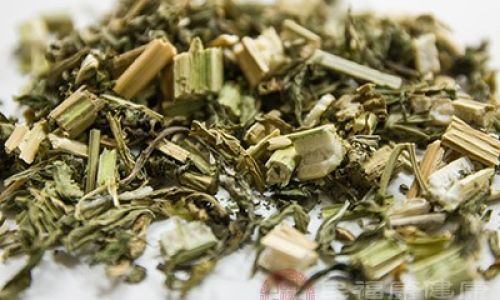
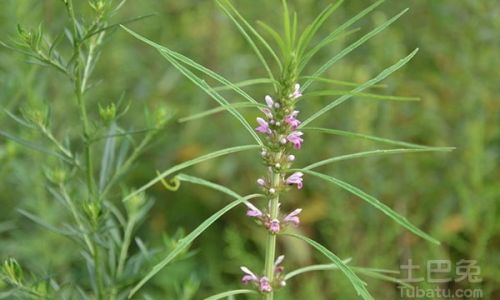
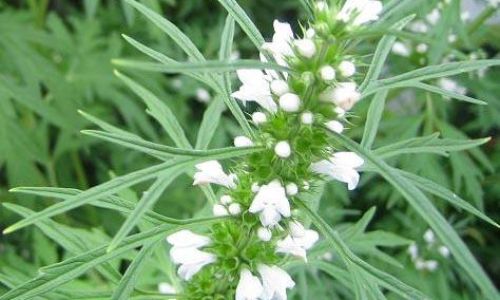
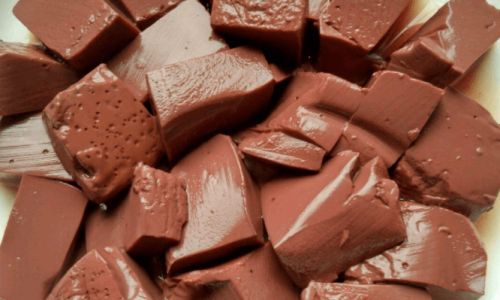
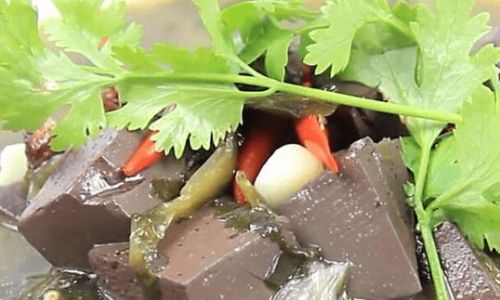
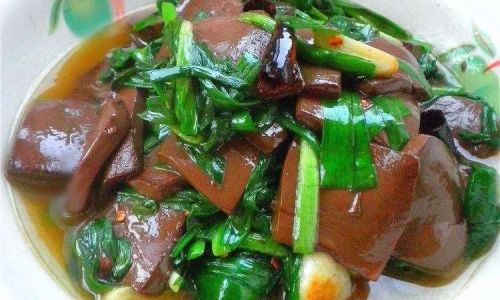
0 comments